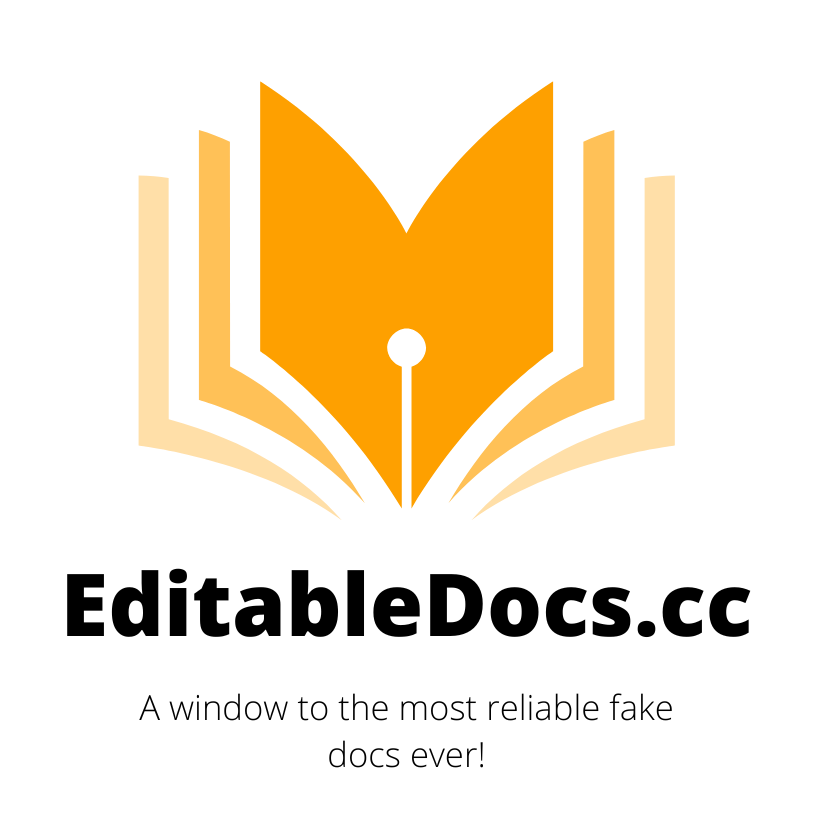Legal document design is not solely governed by legal requirements but is also influenced by cultural factors. Across different countries and regions, legal documents exhibit unique characteristics that reflect the cultural values, norms, and legal systems of the respective societies. In this blog post, we embark on a captivating journey to explore the cultural differences in legal document design from a global perspective. Gain valuable insights into the aesthetics, structure, and language of legal documents across various cultures and discover how understanding these differences can enhance your document creation process.
Cultural Influences on Legal Document Design
Visual Aesthetics
Traditional Art and Symbols
In many cultures, legal documents incorporate traditional art forms and symbols that hold cultural significance. These visual elements not only add aesthetic value but also convey deeper meanings rooted in cultural heritage.
Color Palettes
Different cultures have unique color associations and preferences. Legal documents often reflect these cultural color palettes, conveying specific emotions or symbolism that align with local customs and traditions.
Structural Variations
Organization and Hierarchy
Legal documents exhibit structural variations influenced by cultural perspectives on authority and hierarchy. Some cultures prioritize a hierarchical structure, while others emphasize a more egalitarian approach.
Information Presentation
The arrangement and presentation of information in legal documents can differ across cultures. Some cultures prefer concise and direct language, while others favor more elaborate and detailed explanations.
Language and Terminology
Linguistic Styles
Legal documents reflect the linguistic styles of their respective cultures. From formal and precise language to more conversational tones, the choice of words and sentence structures can vary significantly.
Terminology and Translations
Legal terms and their translations can differ across languages and legal systems. Cultural nuances play a crucial role in accurately conveying legal concepts, ensuring clarity and avoiding misinterpretations.
A Global Perspective on Legal Document Design
European Union (EU)
The legal documents of EU member states demonstrate a harmonized approach, emphasizing clarity, brevity, and standardized language. The EU’s multilingual context necessitates meticulous translations to ensure accuracy and consistency across jurisdictions.
East Asia
Countries in East Asia, such as Japan and China, often prioritize visual elements in legal document design. Traditional calligraphy, seals, and specific formatting techniques contribute to the overall aesthetics and convey cultural values.
Middle East
Legal documents in Middle Eastern countries frequently incorporate intricate geometric patterns and decorative elements inspired by Islamic art. Arabic script plays a significant role, reflecting the cultural and religious importance of language.
Latin America
Legal documents in Latin America often exhibit a blend of formal language and accessibility. The use of clear and concise language aims to bridge the gap between legal terminology and the understanding of the general public.
Africa
Legal document design in Africa reflects the diversity of the continent’s cultural heritage. Vibrant colors, traditional patterns, and indigenous languages may feature prominently, capturing the rich cultural tapestry of each nation.
Enhancing Legal Document Creation with PSD Templates
Creating legal documents that align with cultural expectations can be challenging. PSD document templates offer a valuable solution by providing a customizable framework that can incorporate cultural elements seamlessly. With editable PSD templates, you can:
- Personalize the visual aesthetics of your legal documents to reflect cultural nuances.
- Modify the structure and layout to align with regional preferences and legal requirements.
- Adapt the language and terminology to ensure clarity and accuracy within a specific cultural context.
Conclusion
As we’ve explored the cultural differences in legal document design from a global perspective, it becomes evident that cultural influences shape the aesthetics, structure, and language of legal documents. By understanding these cultural nuances, you can create legal documents that resonate with your target audience, enhance comprehension, and ensure cultural sensitivity. PSD document templates provide a powerful tool to facilitate the customization of legal documents, enabling you to adapt them to specific cultural contexts effectively.
Note: At EditableDocs.cc, we offer a wide range of PSD document templates that can be customized to meet your unique cultural requirements. Explore our collection and elevate your legal document creation process today!

